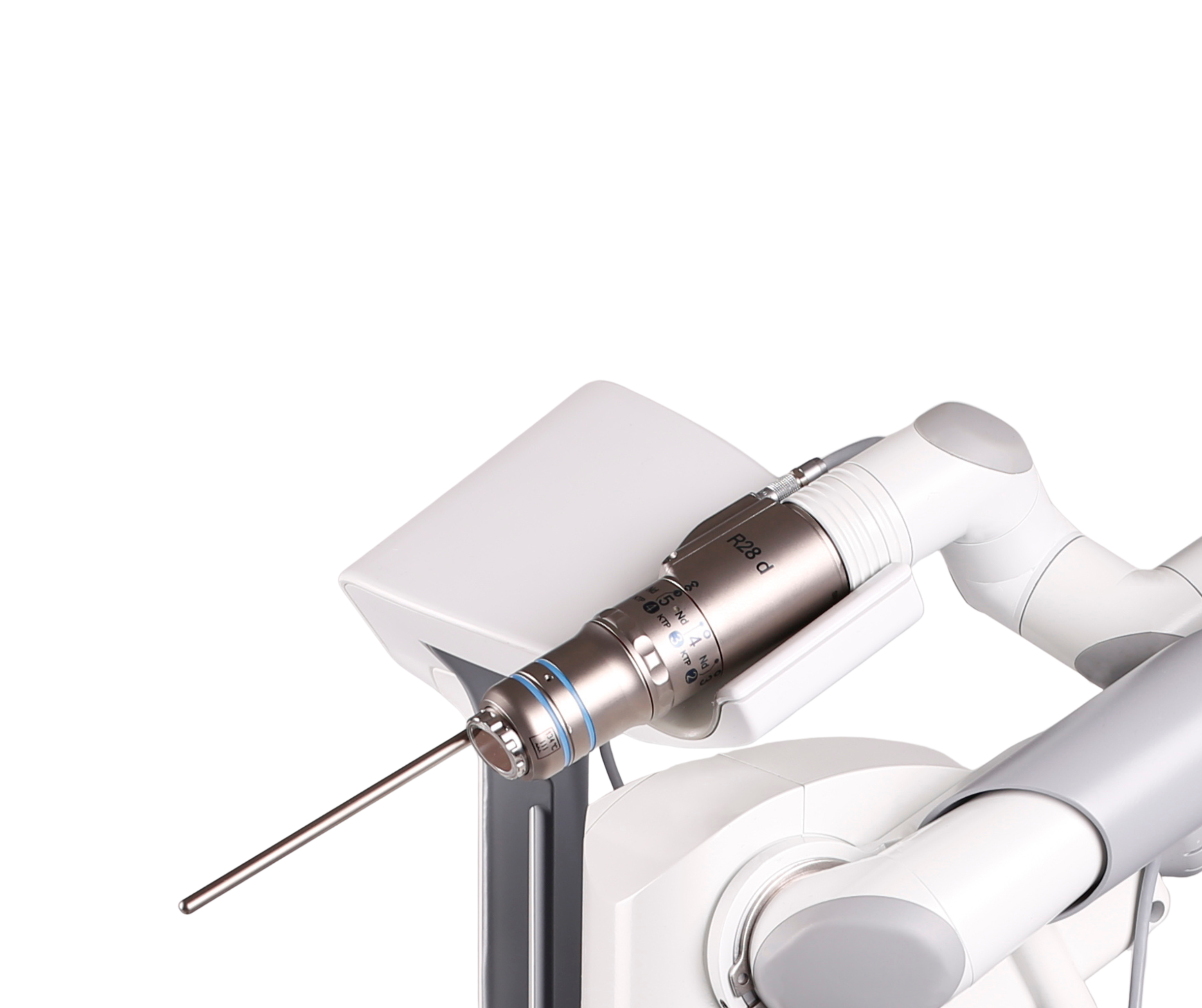For Patients
Want to know where this treatment is offered?
FIND A CLINIC
The number of sessions required varies based on the intensity of the patient's pigmented lesions.

This is a non-invasive treatment that enables patients to resume their daily activities immediately after the procedure.

Results may be noticeable after the first session, but the final outcome will be visible after a few months.
The Fotona StarWalker® MaQX offers a fast and effective solution for removing various benign pigmented lesions, including freckles, age spots, birthmarks, moles, seborrheic and actinic keratoses, and more. The Q-switched technology of the Fotona StarWalker® MaQX is highly effective due to its high peak power and selective action, targeting pigments exclusively without affecting surrounding cells.

The treatment is performed through a streamlined process.
Short sub nanosecond light pulses target the melanin in the lesion. These ultra short pulses of light are converted to non thermal photoacoustic shockwaves, breaking the melanin into smaller particles while minimizing collateral thermal injury.
The body's immune system removes these particles as skin macrophages clear excess pigment from the area.
Our treatments and systems are trusted throughout the industry thanks to our commitment to quality, durability, and innovation.

Life-changing outcomes
Our devices are recognized for their exceptional performance, offering patients minimally invasive, comfortable treatments for transformative results.

Product excellence
Our dedication to perfection ensures each product delivers superior treatments patients can trust.

Industry leaders
Our ongoing research enables us to push the limits of medical technology and set new standards of excellence among our peers in a rapidly changing field.




Frequently Asked Questions
Pigmented Lesions
Expand the capabilities of your laser with accessories built to adapt with your evolving practice.
No Accessories Found
Pigmented Lesions
Q-Switched Laser Treatment of Pigmented Lesions in Asian Skin
The purpose of this study was to determine the efficacy and safety of different 1064-nm Q-switched (QS) Nd:YAG and 532-nm KTP laser treatment protocols used in the treatment of pigmented lesions of Asian skin.
CASE REPORT: StarWalker VERDE for Treatment of Ephelides and Lentigo
This study highlights the safety and effectiveness of long-pulsed KTP for the removal of epidermal pigmented lesions and the improvement of skin tone and texture in patients with Fitzpatrick skin types III–IV.
REVIEW: Clinical Results in Thermolytic and Sub-Thermolytic Q-Switched Nd:YAG Skin Rejuvenation
The studies reviewed in this paper show that subthermolytic Q-switched laser therapy can be a safe and effective way to perform skin rejuvenation even on high phototype skin patients.
High Fluence, High Beam Quality Q-Switched Nd:YAG Laser with Optoflex Delivery System for Treating Benign Pigmented Lesions and Tattoos
This article highlights how the Q-switched Nd:YAG medical laser provides an ideal combination for treating pigments and tattoos—ranging from superficial to deep-lying pigments, from black, brown, and blue to red, orange, and purple, and from the least absorbent to the most absorbent pigments.